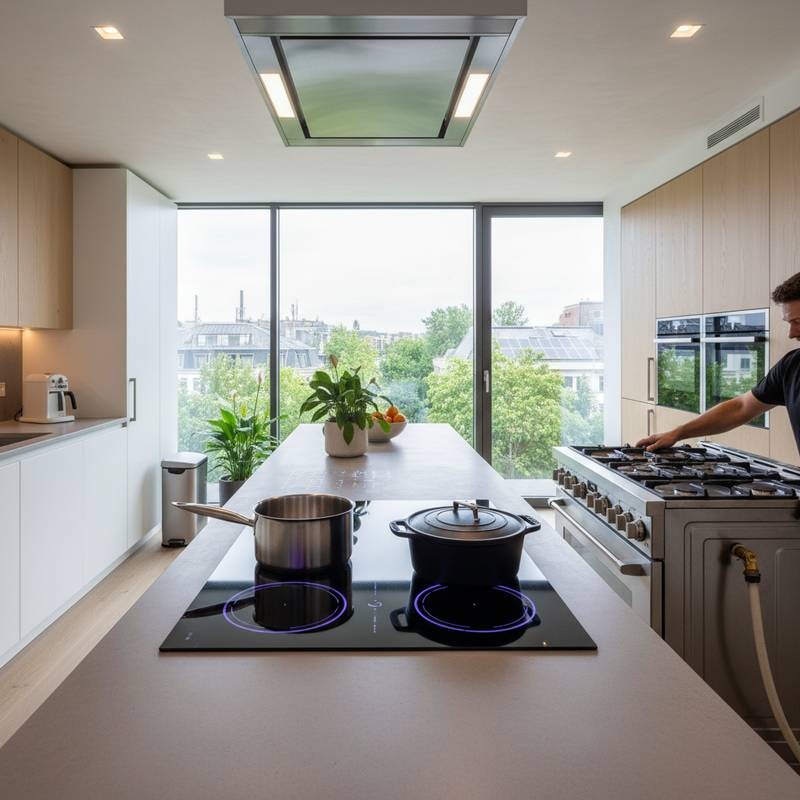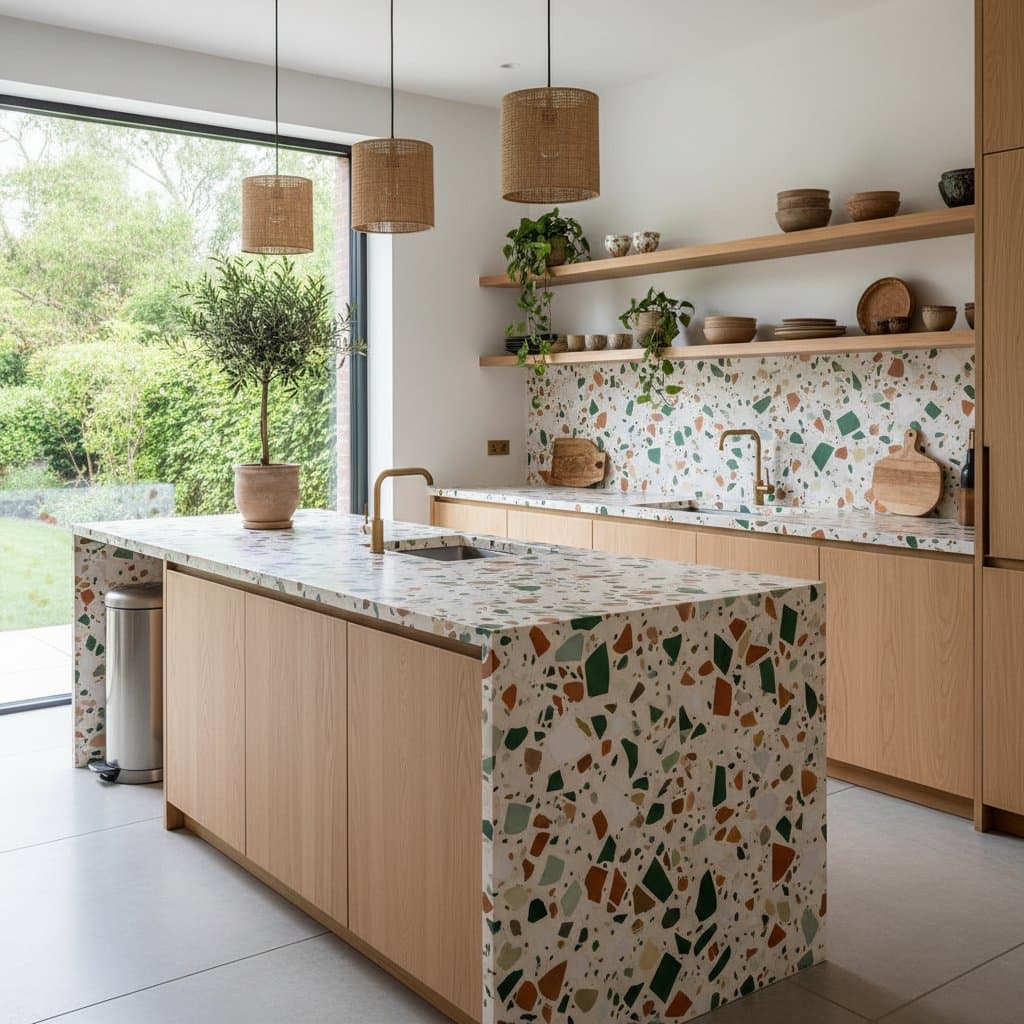The Rise of Induction Cooking in 2025 Kitchens
Home cooks and professionals alike observe a significant evolution in kitchen appliances. Traditional gas stoves, once a staple, yield to induction cooktops that provide rapid, precise heating through electromagnetic technology. This shift enhances energy efficiency, safety, and aesthetic appeal, making induction the preferred choice for contemporary homes.
Induction systems heat cookware directly, eliminating the need for open flames or ambient heat buildup. Homeowners benefit from lower energy consumption and reduced utility costs. As building codes evolve and sustainability gains priority, induction aligns with broader environmental goals.
Understanding Induction Technology
Induction cooktops generate heat via electromagnetic fields that interact with compatible cookware. This process ensures that energy targets the pan or pot, leaving the surface largely unaffected. Users experience immediate responsiveness, with temperature adjustments occurring in seconds.
Compared to gas, induction minimizes heat loss, using up to 90 percent of energy efficiently. Electric coil stoves lag behind, while gas requires ventilation to manage combustion byproducts. For households seeking performance without excess, induction delivers consistent results across boiling, simmering, and searing tasks.
Health and Safety Advantages
Gas stoves emit pollutants such as nitrogen dioxide, which can compromise indoor air quality and respiratory health. Induction eliminates these risks by producing no combustion gases or open flames. The cool-to-touch surface reduces burn hazards, particularly in homes with children or elderly residents.
Health organizations highlight the benefits of cleaner cooking environments. Families report noticeable improvements in air freshness after switching. This technology supports long-term wellness without sacrificing cooking precision.
Design and Installation Flexibility
Induction cooktops feature flush, seamless surfaces that integrate into various countertop materials. They suit modern minimalist designs as well as traditional styles, creating uninterrupted workspaces. Without grates or knobs, cleaning involves a simple wipe, preserving the kitchen's polished appearance.
Installation options accommodate different needs. Portable units connect to standard outlets, ideal for rentals or temporary setups. Built-in models fit existing cutouts, often requiring minimal modifications to cabinetry or electrical systems.
Cost-Effective Choices Across Budgets
Entry-level portable induction burners cost under $100 and offer single-zone heating for basic tasks. These lightweight devices store easily and perform reliably for everyday use. Renters or those testing the technology find them practical starters.
Mid-tier built-in cooktops, priced from $300 to $1,000, include features like touch controls and multiple zones. They provide professional-grade performance in standard kitchen configurations. Brands offer sizes from 30 to 36 inches to match common layouts.
Premium options exceed $2,000, incorporating smart connectivity and adaptive zones that adjust to cookware size. These integrate with ventilation systems for optimal airflow in open-plan spaces. Long-term savings on energy offset the initial investment.
Regulatory and Environmental Drivers
Many municipalities enforce restrictions on gas installations in new builds to curb emissions. Induction complies with these standards while reducing household carbon footprints. It operates on electricity, which increasingly derives from renewable sources.
Consumers drive this change through demand for eco-conscious appliances. The absence of gas lines simplifies maintenance and eliminates leak concerns. As fuel prices fluctuate, induction provides stable operating costs.
Superior Performance for Everyday and Professional Use
Induction excels in tasks requiring exact temperatures, from delicate sauces to high-heat stir-fries. It boils water faster than gas and maintains steady simmers without flame adjustments. Chefs appreciate the even heat distribution that prevents hot spots.
Cleanup proves effortless, as spills do not bake onto the surface. A damp cloth suffices for most residues. In professional settings, the quiet operation and low heat output enhance comfort during extended sessions.
Opportunities for Industry Professionals
Appliance manufacturers innovate with hybrid systems combining induction and integrated ventilation. Countertop fabricators develop heat-resistant materials tailored to these surfaces. Retailers stock expanded cookware lines compatible with induction, including stainless steel and cast iron options.
Builders incorporate induction in sustainable home designs, meeting certification requirements. This trend creates demand for skilled installers trained in electrical upgrades. The market supports diverse applications, from residential remodels to commercial kitchens.
Embracing Induction for Lasting Benefits
Switching to induction transforms daily routines with cleaner, more efficient cooking. Kitchens gain a modern edge, with surfaces that enhance light and space perception. Energy savings accumulate over time, supporting financial and environmental responsibility.
Start with a portable unit to experience the advantages firsthand. For full renovations, consult professionals to select models matching your workflow. Induction not only meets current needs but positions kitchens for future innovations.










